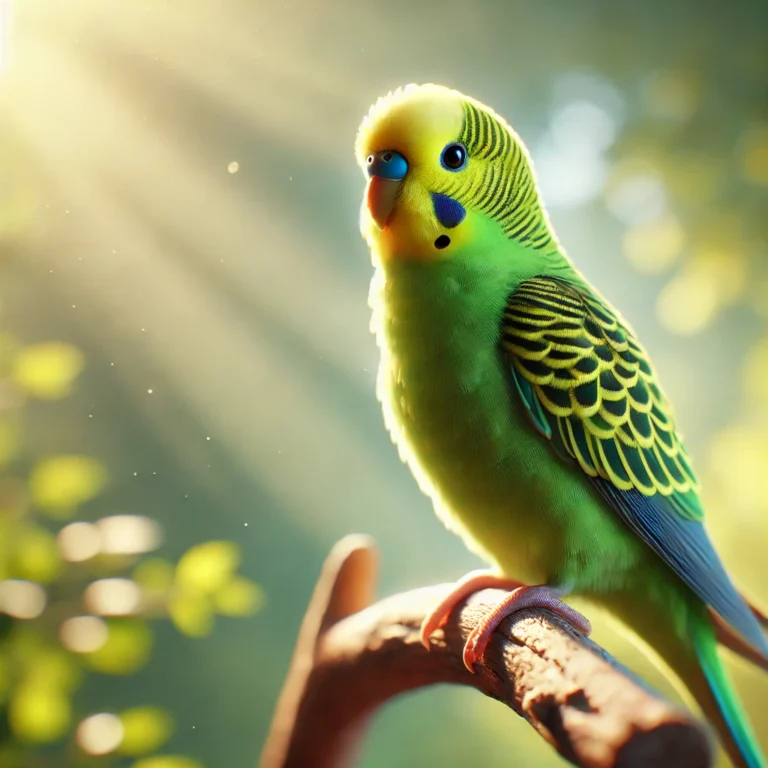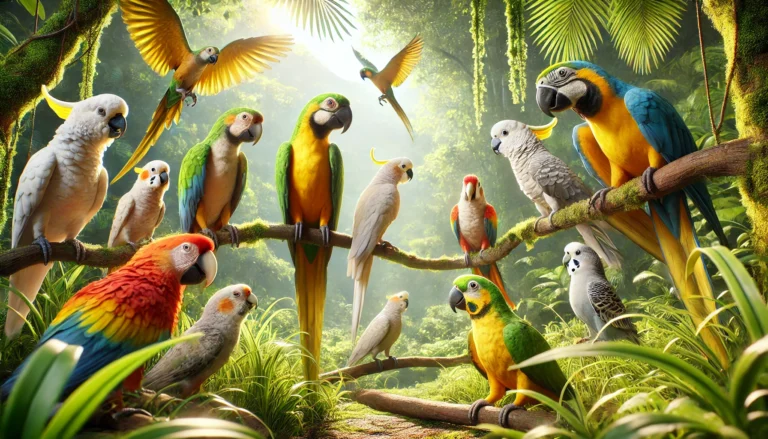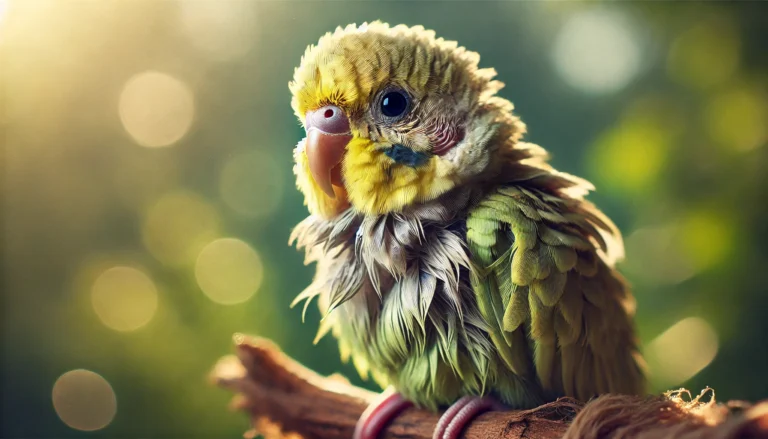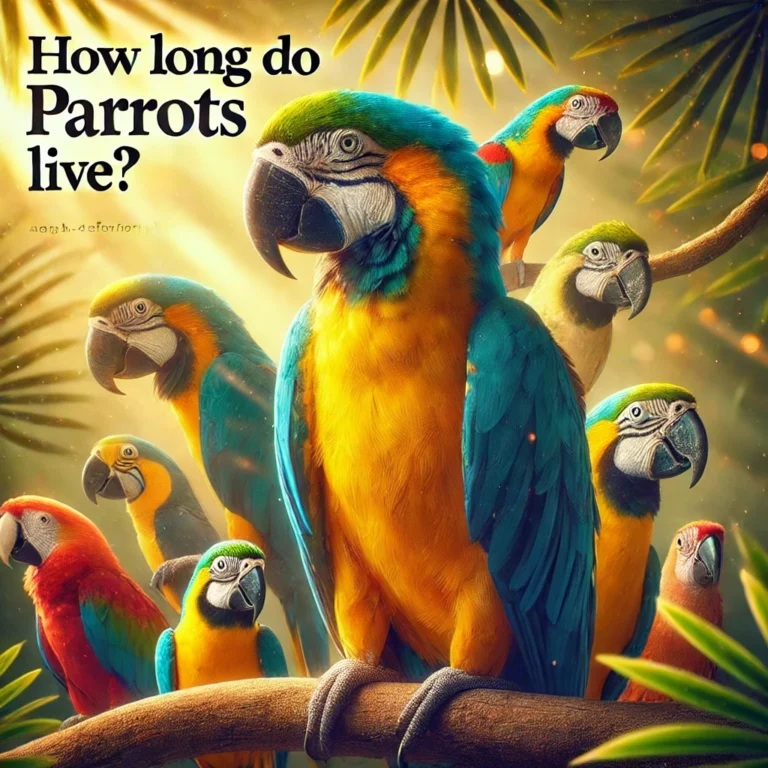all about cockatiels
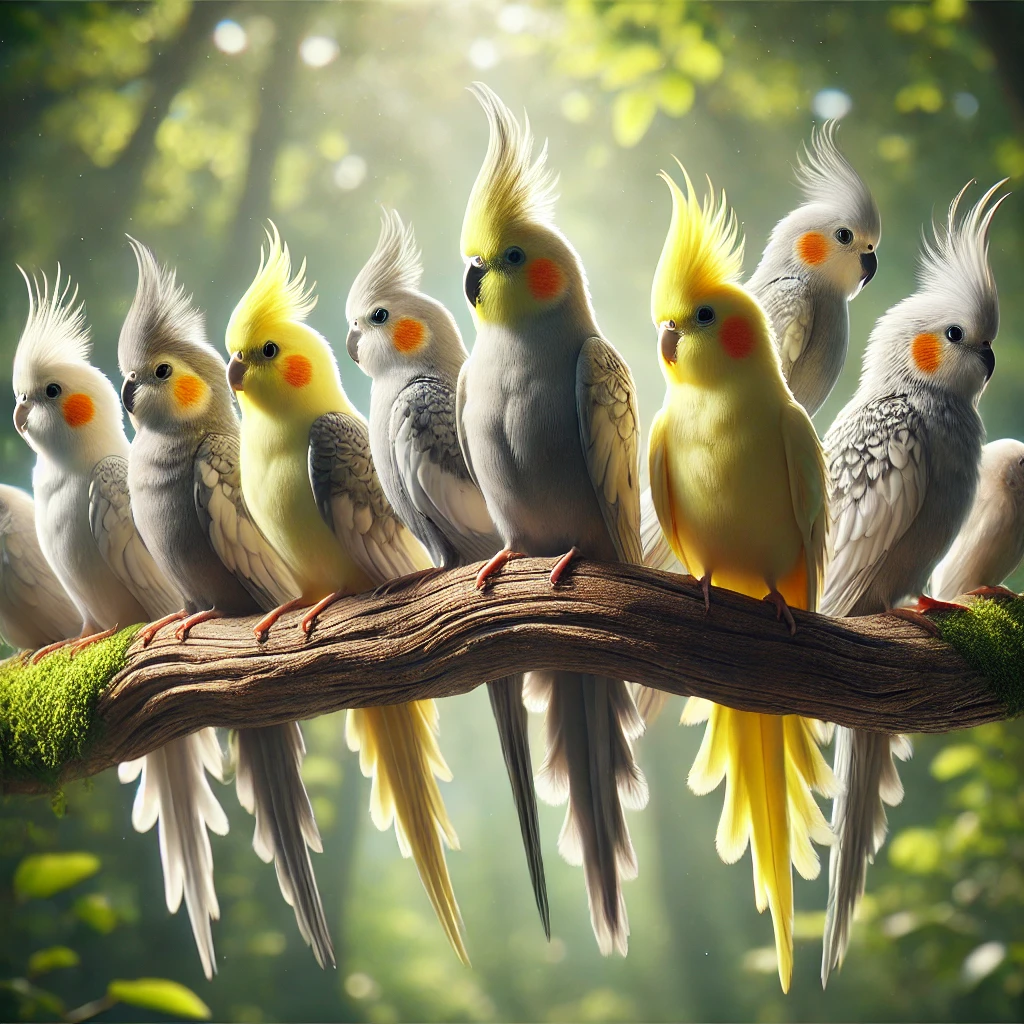
Cockatiels are beloved for their engaging personalities and striking appearance, making them one of the most popular pet birds worldwide. Originating from the arid landscapes of Australia, these charming birds have adapted remarkably well to domestic life. Known for their distinctive crests, ability to mimic sounds, and expressive behaviors, they offer a unique combination of companionship and entertainment. This guide explores the essential aspects of cockatiel care—from their dietary needs to their social interactions—ensuring that owners are well-equipped to provide a nurturing and stimulating environment for these affectionate avian companions.
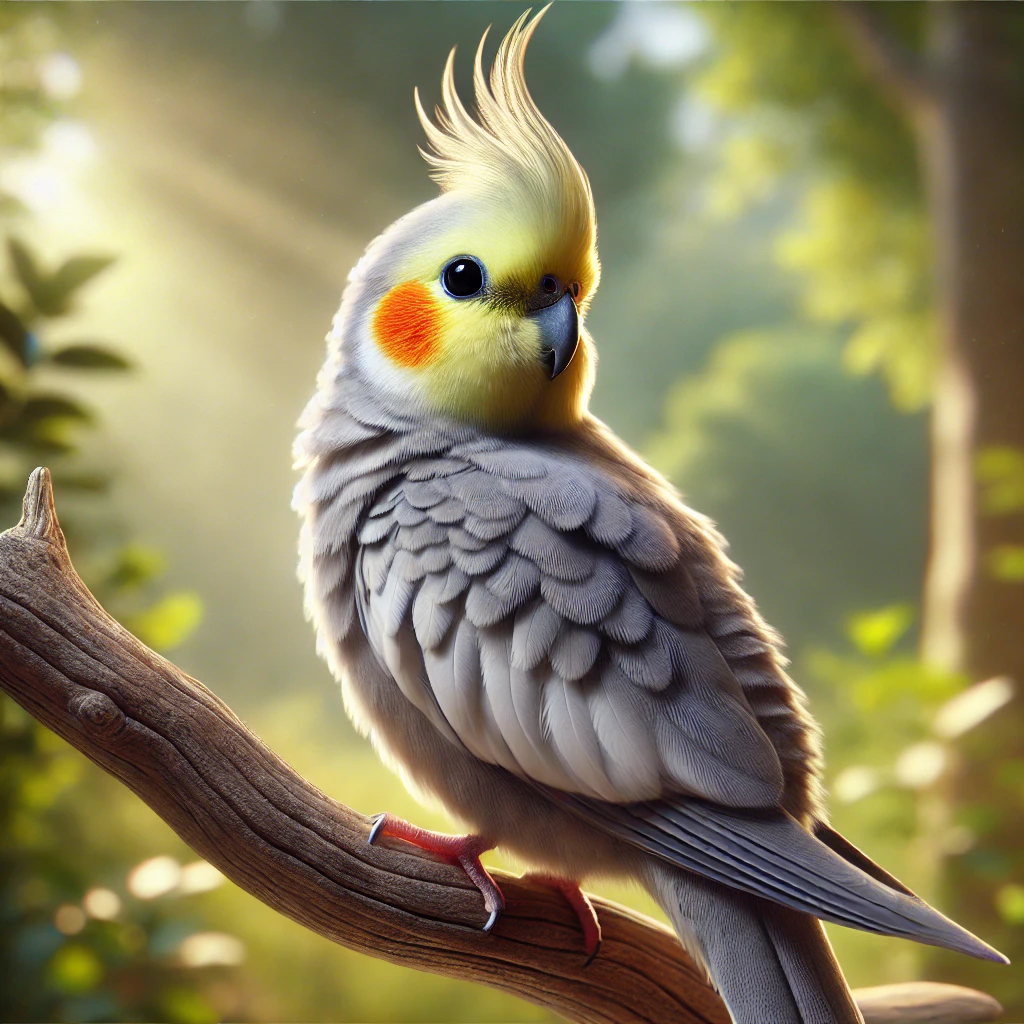
Understanding Cockatiels
Physical Characteristics
| Characteristic | Description |
|---|
| Size | Typically 12 to 13 inches from head to tail. |
| Weight | Generally weighs between 75 to 120 grams. |
| Body Shape | Slim and streamlined with a long tail typical of many parrot species. |
| Crest | A unique feature; a long, thin crest of feathers on the top of the head that indicates mood. |
| Beak | Strong, curved beak used for climbing and cracking seeds. |
| Feathers | Soft and smooth, with color variations including grey, white, yellow, and pied. |
| Eyes | Bright and expressive with a clear outer ring; color can vary with age and health. |
| Legs | Short with strong, zygodactyl feet (two toes forward and two back) ideal for grasping. |
| Color Variations | Common mutations include grey, lutino, pearl, pied, and cinnamon; each varies in rarity. |
Behavior and Temperament
Elaborate on their social needs, comparing their behavior with other common pet birds like budgies and parrots. Discuss their intelligence and ability to mimic sounds, which makes them particularly engaging pets. Highlight their need for interaction and the potential for developing bonds with their human counterparts that are based on trust and affection.
Cockatiel Care Essentials
Housing
Detail the criteria for selecting the right cage, including bar spacing, cage material, and the importance of play areas within the cage. Discuss the placement of the cage in the home to avoid drafts and excessive noise, which can stress the bird. Consider adding a diagram showing the ideal cage setup, including placement of perches, food bowls, and toys.
Diet and Nutrition
Provide a comprehensive breakdown of a balanced diet, emphasizing the importance of variety to prevent nutritional deficiencies. Include a graph that shows the percentage of seeds, pellets, fruits, vegetables, and supplements recommended for optimal health. List toxic foods to avoid to prevent accidental poisoning.
Health and Wellness
Discuss preventative health care practices such as regular nail and wing clipping, the importance of bathing or misting, and signs of common diseases like respiratory infections or feather plucking. Include a subsection on the importance of mental health and enrichment to prevent behavioral issues.
Behavior and Training
Taming and Bonding
Provide step-by-step instructions for taming them, starting from the first day the bird comes home, through to establishing a routine that includes handling and social interaction. Discuss the role of gentle persistence and positive reinforcement in building a lasting bond.
Tips
Sugar Gliders: Tiny Pockets of Pure Delight! Experience the enchantment of these nocturnal wonders as they glide effortlessly into your life and heart. Their sociable personalities and curious behaviors make every moment a delightful surprise.
Training for Commands and Tricks
Offer a detailed guide for teaching various commands and tricks, such as waving, spinning, or fetching objects. Explain the training sessions’ length and frequency and the use of treats as positive reinforcement. Include anecdotal examples to illustrate successful training scenarios.
Breeding and Reproduction
Understanding Breeding Behavior
Delve deeper into the signs of breeding readiness, such as nest building or increased vocalization, and the environmental conditions that encourage breeding. Discuss the ethical considerations and responsibilities involved in breeding them, especially regarding genetic health and offspring care.
Caring for Cockatiel Chicks
Detail the stages of chick development from egg to fledgling. Discuss the breeder’s responsibilities in ensuring the health and well-being of both the mother and her chicks, including the setup of a breeding box and the monitoring of the chicks for signs of health issues.
Challenges and Considerations
Behavioral Challenges
Expand on common behavioral problems with practical advice on remediation strategies, such as adjusting the bird’s environment or consulting with an avian behaviorist. Discuss how changes in the bird’s routine or household dynamics can lead to stress and behavioral issues.
Legal and Ethical Considerations
Provide a detailed overview of legal considerations affecting cockatiel ownership, such as import regulations and breeding licenses. Discuss the ethical implications of breeding cockatiels, focusing on the preservation of their welfare and the prevention of overpopulation.
conclusion
Cockatiels are engaging and affectionate pets that require a deep commitment to proper care, as outlined in this comprehensive guide. From their distinctive physical traits to their dietary, health, and social needs, understanding these aspects is crucial for their wellbeing. Owners must provide a suitable environment, maintain a balanced diet, and engage in regular interaction to nurture a strong bond with these intelligent birds. Furthermore, joining a community of fellow cockatiel enthusiasts can offer invaluable support and information, enhancing the rewarding experience of cockatiel ownership. This guide serves as a fundamental resource for both prospective and current owners to ensure a healthy, joyful life with their cockatiels.
What is special about cockatiels?
Cockatiels are cherished for their friendly and affectionate nature, making them popular among pet birds. They are known for their intelligence, ability to mimic sounds, and the expressive crests on their heads that indicate their mood, making them very communicative and engaging companions.
What not to do with a cockatiel?
Avoid exposing cockatiels to toxic substances such as avocado, chocolate, and caffeine, which can be lethal. It’s crucial not to place their cage in drafty or overly noisy areas, as this can cause stress. Also, avoid handling them roughly or ignoring their daily need for interaction and stimulation.
Do cockatiels like to be held?
Cockatiels generally enjoy being held and petted once they trust their owner. They appreciate gentle handling and can form strong bonds with humans through regular, gentle interaction. However, each bird’s preference for being held can vary, so it’s important to observe and respect individual comfort levels.
What are 3 fun facts about cockatiels?
Mimicry Talent: Cockatiels are capable of mimicking sounds, including whistles and household noises, and sometimes even human speech.
Longevity: With proper care, cockatiels can live for up to 20 years in captivity, making them long-term companions.
Crest Communication: Their crest feathers can tell you about their mood; a high, upright crest indicates excitement or curiosity, while a flattened crest might mean they are scared or defensive.
Do cockatiels cry?
Cockatiels do not cry tears like humans. If a cockatiel appears to have wetness around its eyes, it could be a sign of an eye infection or other health issues, and veterinary care should be sought.
What do cockatiels eat?
A balanced diet for a cockatiel includes specialized pellets, a variety of fresh fruits and vegetables, and some seeds and grains. They also benefit from occasional protein sources like boiled eggs or lean cooked meat.
What is toxic to cockatiels?
Several common household items are toxic to cockatiels, including avocado, chocolate, garlic, onions, and caffeine. Additionally, non-stick cookware can release fumes that are lethal to birds if overheated.
How to keep a cockatiel happy?
Keeping a cockatiel happy involves regular social interaction and mental stimulation. This can be achieved through training, playing, and talking to your bird daily. Ensuring they have a variety of toys and a spacious cage placed in a social part of your home also contributes to their happiness.
What is a cockatiels’ favorite fruit?
Cockatiels often enjoy a variety of fruits, but apples, bananas, and melons are favorites. Always serve fruit in small amounts and ensure it is washed and free from seeds or pits, which can be harmful.


